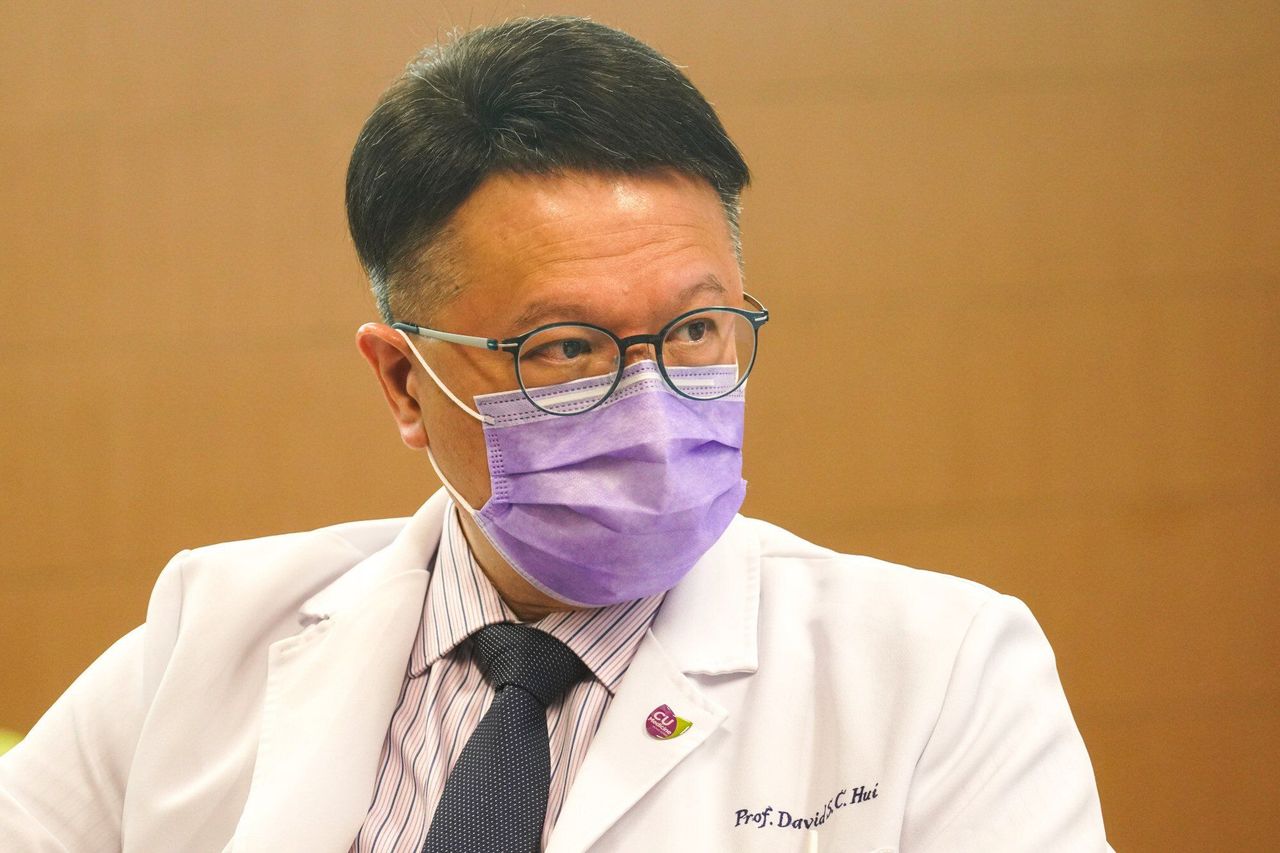Hong Kong News

Hong Kong hits record untraceable cases, eases hospital rules for infected patients
Hong Kong grappled with 30 untraceable cases out of 116 coronavirus infections on Wednesday, chalking up another record number of patients with unknown transmission links, while an unvaccinated elderly woman became the first to be in a critical condition since the fifth wave began in December.
But even as authorities warned the latest surge had yet to peak, they began allowing Covid-19 patients to leave hospitals earlier, by between five and seven days, to relieve the burden on wards, provided their test samples returned a certain result.
Along with relaxing such discharge requirements for patients, the government also took over additional halls at Asia-World Expo to secure more beds.
While an outbreak at a densely populated public housing estate in Kwai Chung district has been largely curtailed, the city is grappling with daily case numbers that have seesawed between double and triple digits for the past week, with health authorities overwhelmed in recent days by the wave of untraceable infections.
Dr Chuang Shuk-kwan, head of the Centre for Health Protection’s communicable disease branch, said the daily infection numbers “have not peaked yet”.
“[We] expect the number of cases without sources to increase,” she said. “The speed of the spread is very quick and it’s very difficult to contain all these cases and [to trace] their close contacts to put them in quarantine.”
A review by the Post has found that the daily average number of cases on a weekly basis grew by 4.5 times between the seven days from December 30 to the week leading up to February 2. The average daily caseload rose from 25.71 to 116.71 during the period.
The 30 latest unlinked cases were scattered across 15 districts and authorities found suspected vertical transmission of the virus at several housing estates.
Affected residents were ordered to evacuate from Kwai Foon House at Kwai Fong Estate, Hing Ping House at Tai Hing Estate in Tuen Mun and Mei Sun Building at Tai Po, according to Chuang.
The elderly patient in critical condition is a 77-year-old woman infected with the Delta variant and she suffers from chronic diseases such as diabetes and hyperlipidemia. It is the first critical case reported since the fifth wave started in early January.
Of the 116 new coronavirus infections, 103 were local and 13 were imported. Among the confirmed cases, 17 were suspected to carry the Delta variant and 71 were believed to have the Omicron strain. About 110 preliminary-positive cases were also logged.
The city’s overall Covid-19 tally stands at 14,442 infections, with 213 related deaths.
Five more residents at the Omicron-hit Kwai Chung Estate tested positive on Wednesday – three at Ying Kwai House and one each at Yat Kwai House and Nga Kwai House. Health officials also carried out a lockdown at Tsui Wo House in Tai Po and at a housing block at Shek Yam East Estate in Kwai Chung.
The government announced that despite the daily caseload hovering in the triple digits, infected patients could expect to leave hospital five to seven days earlier after discharge criteria was relaxed in order to free up beds.
Starting from Wednesday, coronavirus patients will be released from hospital if they return three test samples with a CT value of 33 or above rather than the two negative test results as previously required, according to the Hospital Authority.
Professor David Hui Shu-cheong, a respiratory medicine expert from Chinese University, said a University of Hong Kong experiment found patients with CT values of 33 or higher were no longer infectious, giving them a “high safety factor”.
“It is the same as the criteria that we had last September. Most of the patients could achieve a CT value of 33 or above after 10 to 12 days back then,” he said.
Speaking at a regular press conference, Dr Lau Ka-hin, the Hospital Authority’s chief manager for quality and standards, said 50 to 60 patients could be discharged under the new arrangements, compared to about 20 in recent days.
He said the median length of stay of coronavirus patients was 17 days, with some elderly and children spending up to 20 days in hospital.
Lau added that the discharged patients would be required to wear an electronic wristband with a tracking function, but he did not elaborate on how many coronavirus tests the patient would undergo in the 14-day period and whether they could leave home to be screened.
Since October, the Hospital Authority has required symptomatic patients to have no signs of fever for at least three days, significant improvement in clinical symptoms and two negative Covid-19 tests taken at least 24 hours apart in order to be released. At least 10 days should have passed since the last appearance of any symptoms.
Discharged patients were also required to spend the next 14 days at a quarantine facility.
Hui said he was not aware of any mandatory testing requirements for those in home isolation under the new rules, but “patients can voluntarily undergo testing just to be safe”.
Hui said it might take more than two months for the current wave to end.
“Based on the fourth wave, if there are double- or triple-digit caseloads, it may take six to eight weeks for it to drop. With Omicron, it is even harder,” he said.
 Government pandemic adviser David Hui.
Government pandemic adviser David Hui.
Asked whether the Omicron variant, which has been found to generate less severe illness in many cases, could be treated more like the seasonal flu, with patients treated at home, Hui disagreed, warning that there were still many high-risk groups in Hong Kong who were unvaccinated.
He also voiced concern that a surge of infections would follow the Lunar New Year due to family gatherings.
Separately, authorities distributed about 20,000 Covid-19 rapid test kits to cleaning workers and property management staff in areas of Sha Tin and Tuen Mun where sewage samples tested positive.











